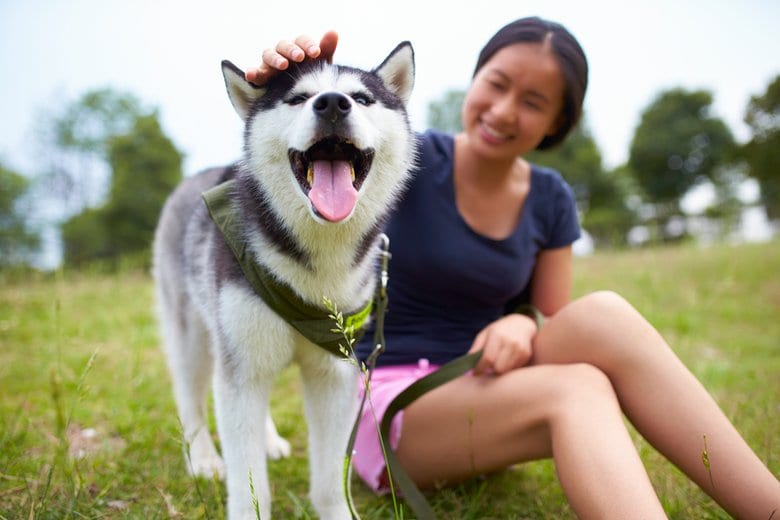It’s a great feeling to have finally found and hired a great dog walker, pet sitter or pet day care provider to lovingly care for your pets while you’re at work or away. But that’s only half the battle. Now, you need to make sure that all three parties involved — you, your pet and your pet caregiver — are happy with the arrangement, that it’s a reliable one and that you’re getting the quality of pet care you expect.
By establishing clear expectations for your care needs at the outset of the relationship and communicating often, you’ll see the best outcome and positive pet care experience — even if you have to make adjustments along the way. Try these tips for getting started.
1. Start your pet care relationship off on a trial basis
One month is a good length for a pet care trial, since your dog, cat or other animal will need more than a week to adjust to the new routine and new person. Only after the readjustment period will you be able to tell if your animal is thriving in the arrangement. Also, unless you’re using a doggie day care, your pet care provider may only visit infrequently, so you’ll need more than a few weeks to evaluate effectiveness and quality of care.
2. Establish a clear process for communication
Do you prefer to communicate by phone call, text or email? Or a mix of all three? Which way do you prefer to be contacted at the last minute? And, what about in an emergency? What are your pet care provider’s preferences for how to be contacted? These are all questions and answers you should bring up at the outset of your relationship with a pet care provider rather than on an as-needed basis. Emergency protocol and a backup plan (and a backup to the backup plan) are crucial elements of any good relationship between pet owner and pet caregiver.
3. Set expectations about updates and comments
Be sure to establish a plan and frequency for exchanging information with your pet care provider. Some dog walkers and doggie day cares provide daily notes about their pet clients’ behavior and health, and, likewise, some owners like to be called 24 hours into a pet-sitting arrangement to make sure everything is working out and that their pet is safe, happy and healthy. It behooves both of you to discuss these things ahead of time.
4. Discuss cancellations and last-minute changes in advance
Most dog walkers and doggie day cares have a 24-hour policy for cancellations and changes, meaning you’ll need to be organized in order to avoid having to pay for pet care even when your dog or cat is at home with you! Read the fine print on the kennel’s website or in your pet day care’s contract so there are no surprises.
5. Show up unannounced for a surprise check-in
Drop by the park at the time your dog is walking with their caregiver and observe their interaction, or visit the dog day care in the middle of the day for an unscheduled visit. Seeing firsthand how your animal is getting along in your absence with their “new friend” will put your mind at ease — or will bring any issues to the surface so you can discuss them with your care provider early on, or terminate the arrangement if you’re not happy.
6. Don’t be afraid to ask “dumb questions”
Many pet owners are afraid to ask the obvious, and therefore open themselves up to surprises or ambiguity about their pet care reality. Ask and ask again! If you want to know if the dog walker puts water down before they leave, for instance, or if you’d prefer they didn’t, talk about it. If you’re curious about how many walks Fido got while you were on vacation, just ask. Your pet care provider will most likely be forthcoming with the information but may not think to automatically fill you in on the details — or assume that you want to know specifics. Don’t be shy — your pet care provider should be used to it, and any pet professional will be more than happy to help set your mind at ease.
The bottom line is that the best caregiver and “pet parent” relationships are open, frank and honest ones. The longer this person is in your life and, more importantly, in your animal’s life, the more you will appreciate having gone through these steps early on. And if there are any issues, you’ll be better off finding out sooner rather than later!

